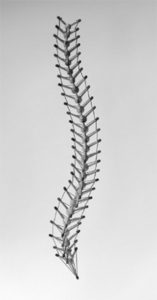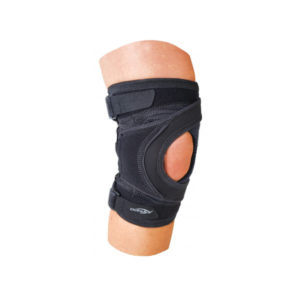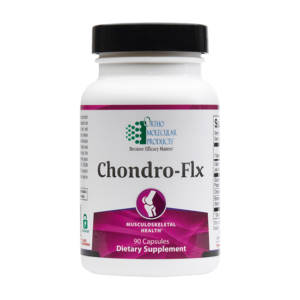Structure & Function
As a practicing Doctor of Osteopathic Medicine (DO) I have been taught in the philosophy of Osteopathic Principles & Practice (OPP). One of these osteopathic principles is “structure and function are reciprocally interrelated.” I routinely use this principle, and other osteopathic principles, to help me direct patient care over the years.

One of the more recent paradigm shifts in patient care I have been having is structure is not always directly related to function.
- I have seen this in knees and other joints, where it is the functional environment of the joint, not the structure, causing the pain.
- I’ve seen this in cases of trigger-points, where it is not the structure of the muscle, but the function of the tissue, that is causing the dysfunction within the patient.
- I have seen examples of this by treating seemingly “structurally sound“ joints, to relieve peri-articular muscle pains.
- We even see it in concussion injuries, where structurally the brain is normal on neuroimaging, but functionally it is not working properly.
Many health care professionals often focus on fixing the structure and assume the function of the patient will be fine after that. An example is a structural meniscal tear seen on an MRI. An orthopedic surgeon may look at this and tell the patient with the knee pain that this is the source of their pain. Sometimes it is, and surgery will help them function better after. But many times I have seen patients with structural issues like this who have had surgery and are no better after. Is it because the surgeon did a poor job? Very often this is not the case. Surgeons have gone through an extensive amount of training and are very good at fixing structural problems. Repeat imaging and structural exam may demonstrate complete structural healing and repair of the injured tissue, but the patient is still having pain and/or instability. This is because it was a functional issue more-so than a structural issue causing dysfunction.
This all goes back to the medical dogma of, “don’t treat the image, treat the patient.” An unfortunate by-product of the current medical system is insurance does not pay physicians well to take a thorough history and complete a comprehensive exam. This system values getting patients in and out as quickly as possible, ordering (often unnecessary) imaging and then treating whatever the image shows. This is a big reason why I decided to “break the shackles” of the current healthcare system and take medicine back!
Maybe in the near future we will have some other means of imaging or testing, to objectify these functional issues. Until we have that, it is important for us to discuss and be aware of issues like these; to spread the knowledge, wisdom, and understanding so we can all deliver the best care to our patients.
One thing I love about my field of primary care sports medicine, and about medicine in general, is we are always growing, always evolving, always learning more about the remarkable human form and how to entertain it while the body heals itself!





